By David Lippman
As soon as the British radio operator started batting out the distress signal on December 2, 1939, the German pocket battleship opened up with a 37mm gun. Despite the display of ordnance, Captain William Stubbs ordered his operator to keep sending an “RRR.”
After four minutes, the German warship Admiral Graf Spee 12,000 tons displacement and 609 feet long, jammed the British merchant ship Doric Star’s message.
But it was too late. Doric Star’s cry for help was heard by another British ship, Port Chalmers, which passed the message on to Walvis Bay Radio Station in southwest Africa, to Vice Admiral George Lyon at Freetown, and to South Atlantic Division Commodore Henry Harwood aboard his flagship, the light cruiser HMS Ajax.
The initial link in a chain that would lead to Britain’s first naval victory of World War II had been forged.
The German Graf Spee
Graf Spee was Germany’s answer to the Versailles Treaty, which forbade the Reich to build warships over 10,000 tons. Graf Spee violated the treaty in deed with her tonnage and spirit with two triple 11-inch gun turrets, so that her cruiser hull packed the firepower of a battlecruiser. Graf Spee could hit a top speed of 26 knots and had a range of 12,500 miles before refueling. She was designed for one purpose: to raid British sea lanes.
Graf Spee featured some of the latest design touches: an electro-welded hull, zeiss rangefinders, and Seetakt radar. She also had some weaknesses: 26 knots was slower than older British cruisers and, like other German ships, she had a poorly designed rudder.
The two ships had a lucky shave a week after war broke out. On September 11, 1939, Graf Spee’s Arado seaplane spotted a British cruiser and sped back to the pocket battleship with the news. Langsdorff changed course. That evening, just as Graf Spee and Altmark were swapping stores, lookouts spotted the funnels of the British heavy cruiser Cumberland. The Germans went to action stations, but Cumberland zigzagged and never saw them.
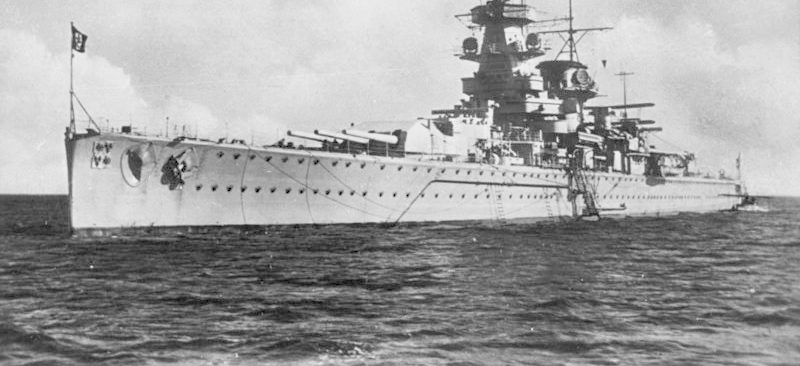
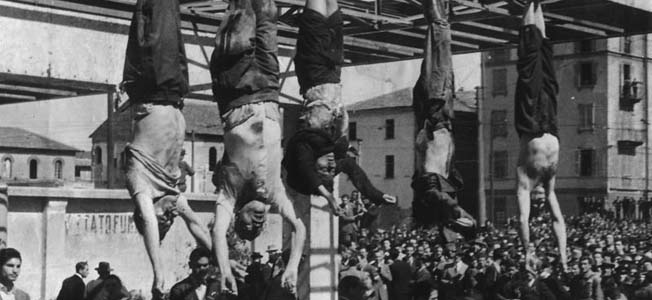
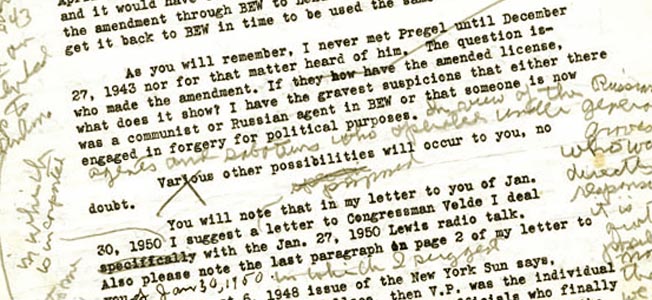
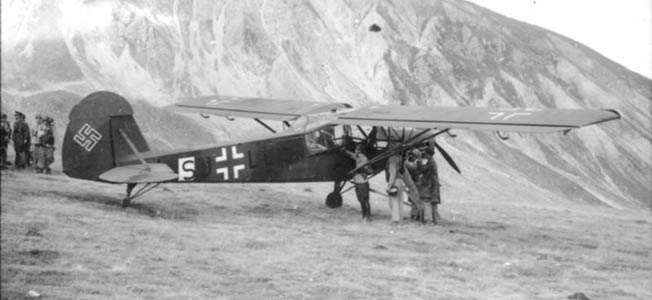
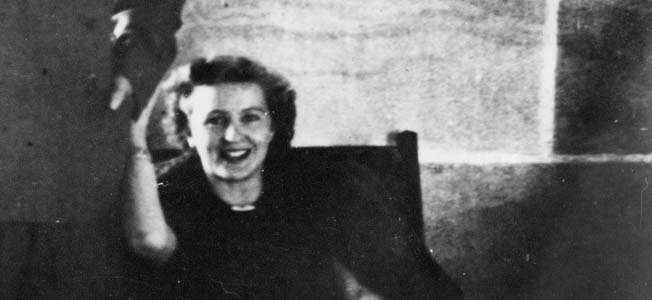
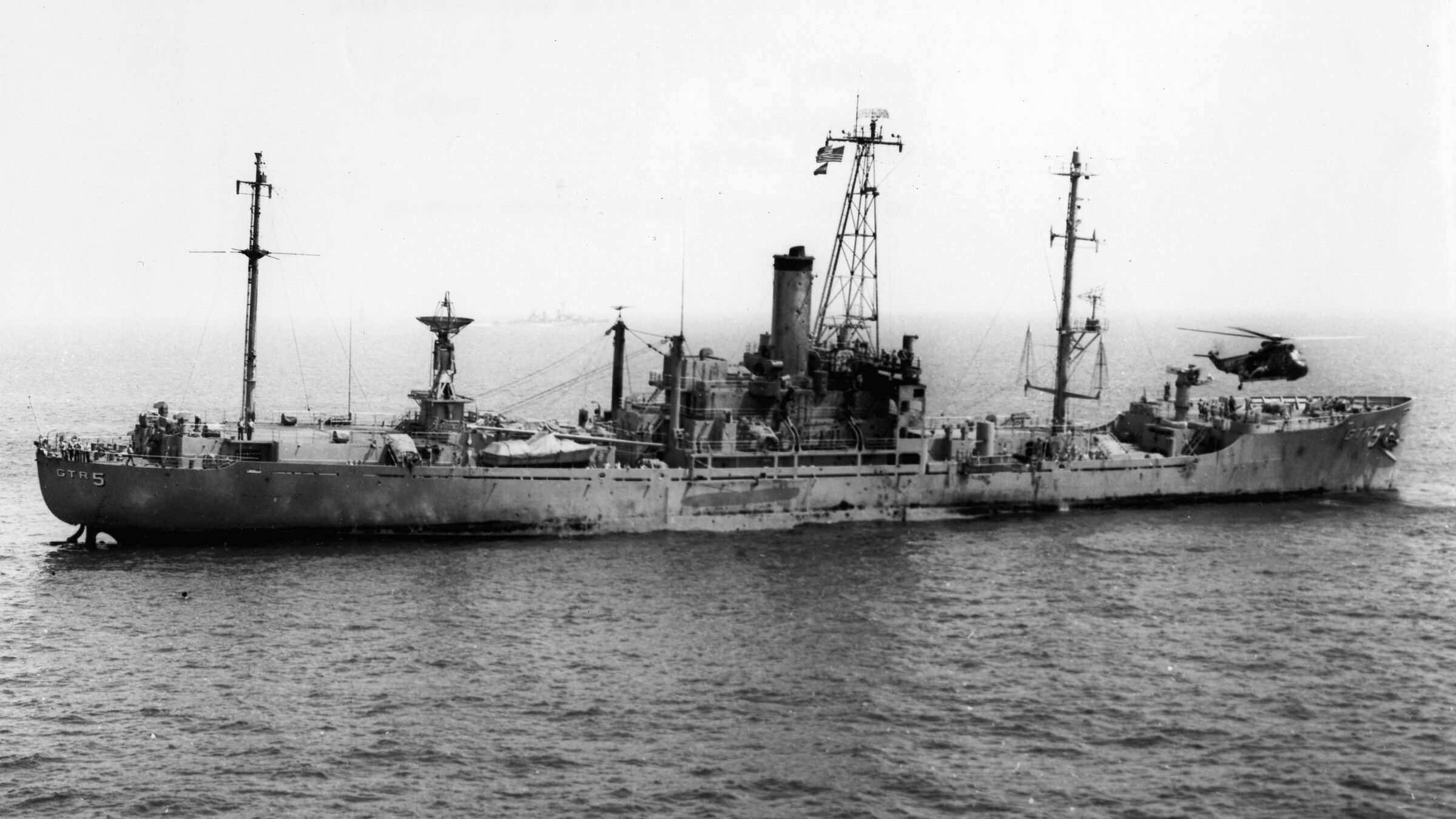
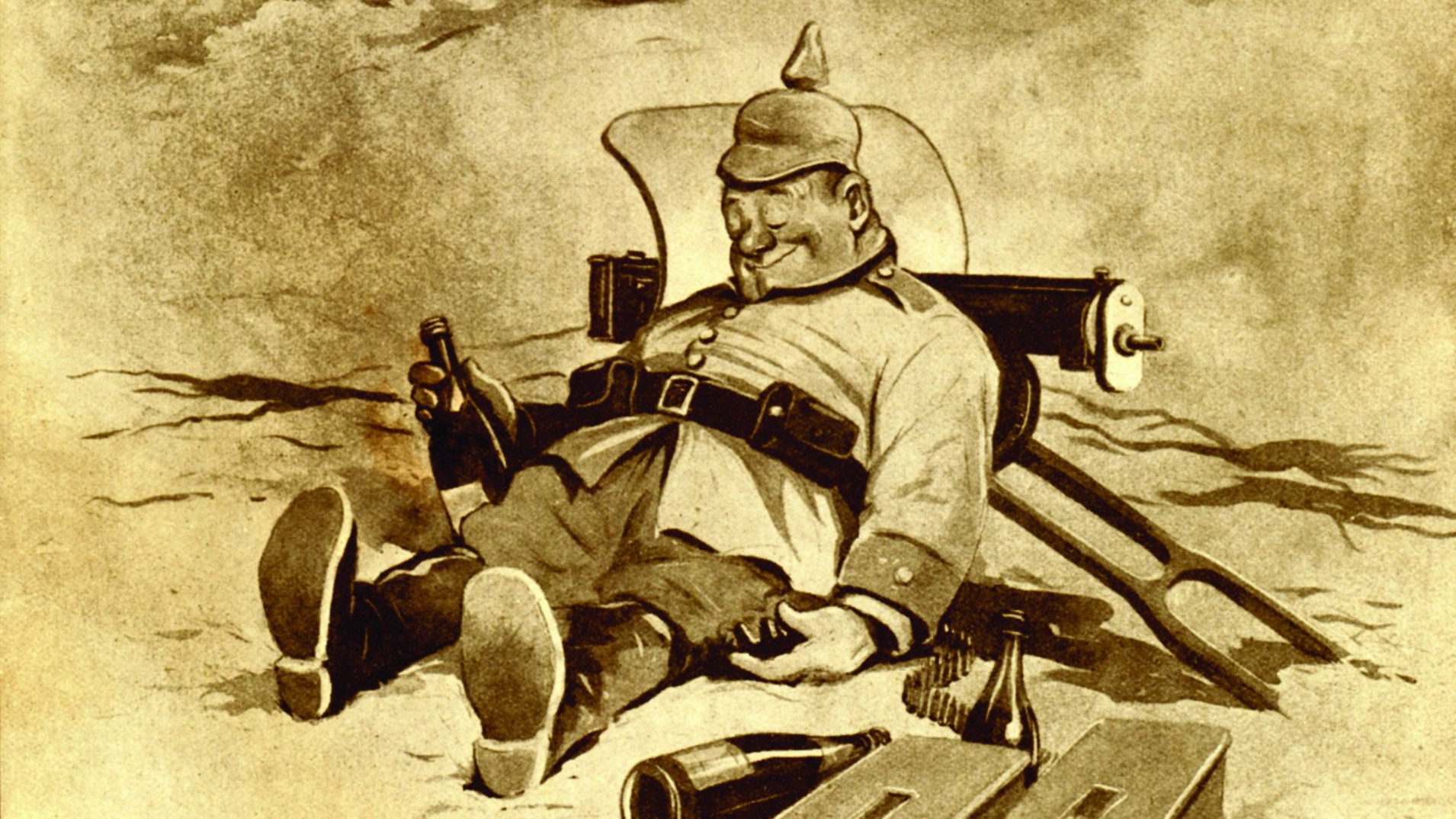
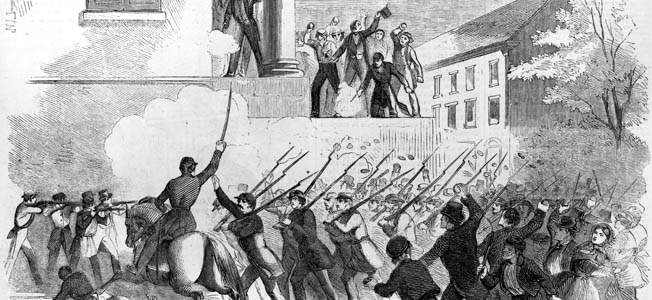
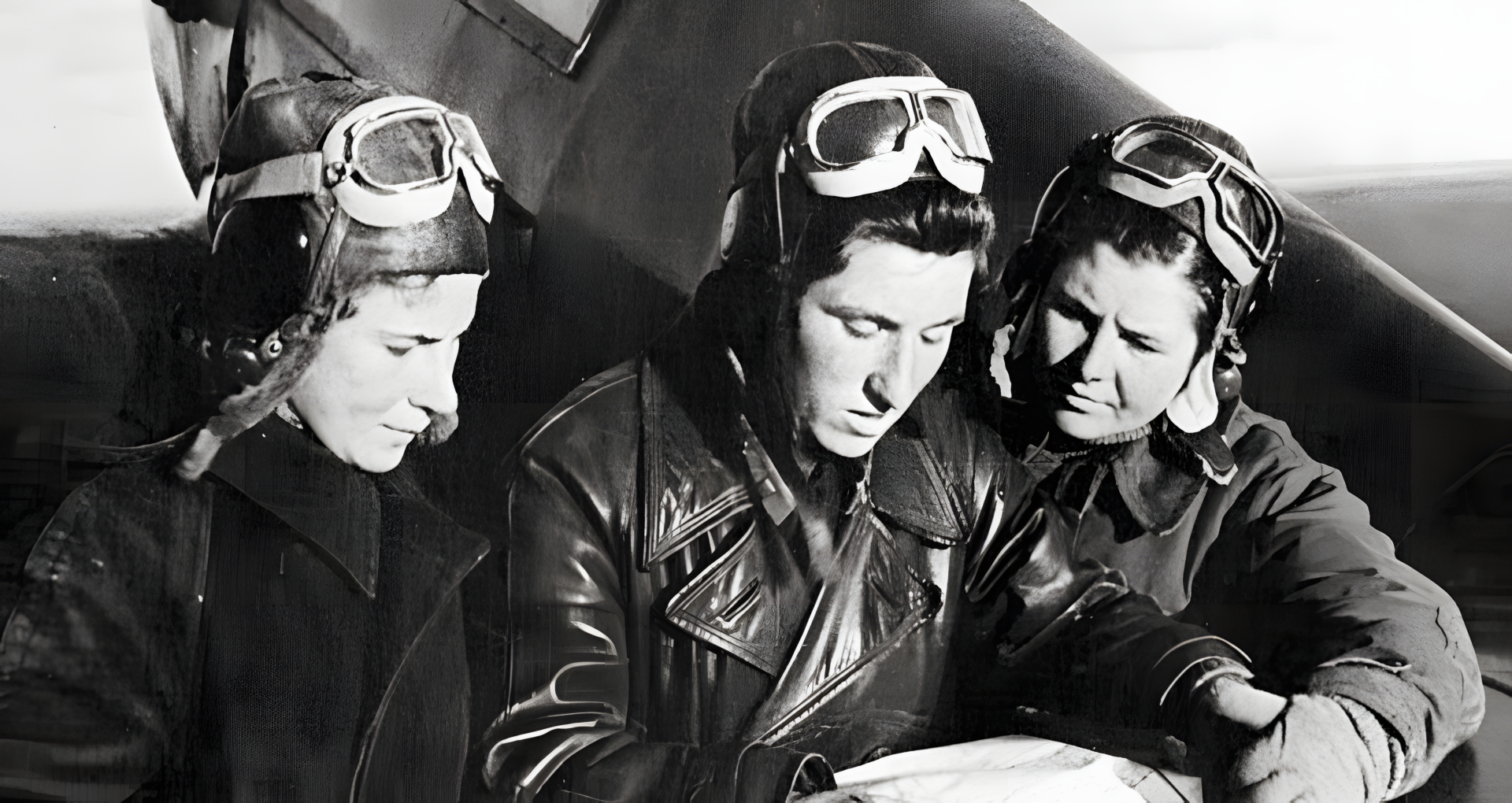
Join The Conversation
Comments
View All Comments